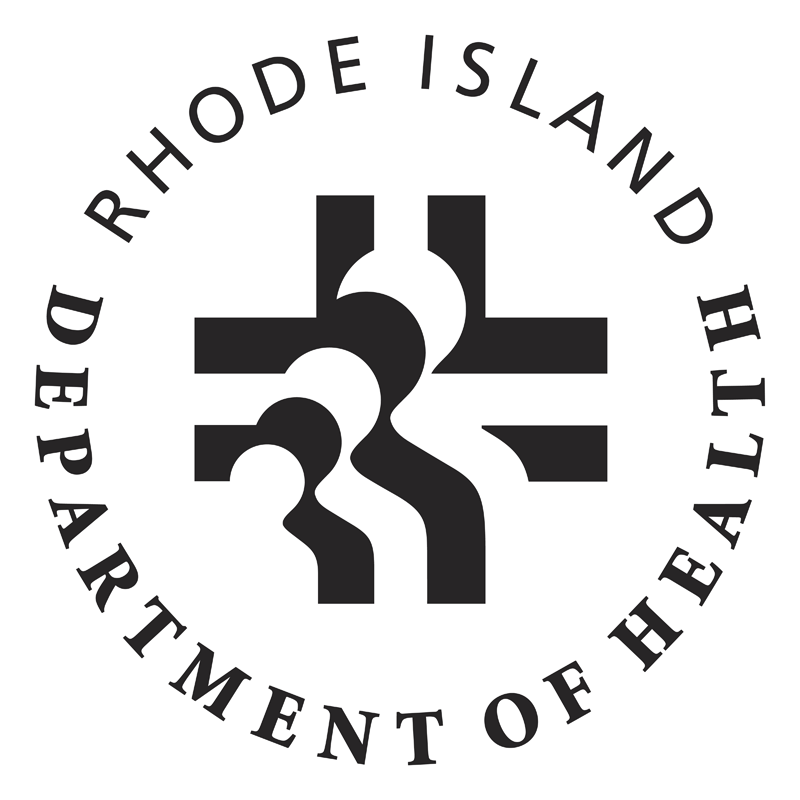- Phone: 401-222-5960
- Licensing Unit Room 105A,
- 8:30 AM - 3:30 PM, Weekdays
- Directions
- Parking is restricted until 3 PM
 Rhode Island Department of Health
Rhode Island Department of HealthState of Rhode Island
Department of Health
 Rhode Island Department of Health
Rhode Island Department of HealthState of Rhode Island
Department of Health
Renewal notices are sent out 60 days before your expiration date. Renew Online
The Rhode Island General Assembly made changes to the pharmacy statutes during the 2023 legislative session, and some of the changes are related to licensing for pharmacists, pharmacy technicians, and pharmacy interns. The Rhode Island Department of Health (RIDOH) will implement the licensing related changes with the 2024 license renewal cycle. Following is a summary of the licensing-related changes for each license type.
Screen all patients and caregivers.
Educate yourself, patients, and staff.
Promote increased access to naloxone.
Prescription Drug Monitoring Program
Register with the Prescription Drug Monitoring Program (PDMP) . Check the PDMP each time you dispense/prescribe a controlled substance to help prevent fraudulent prescriptions from being filled. This will also help identify suspected pharmacy/doctor "shopping." More
Contact us for PDMP support.